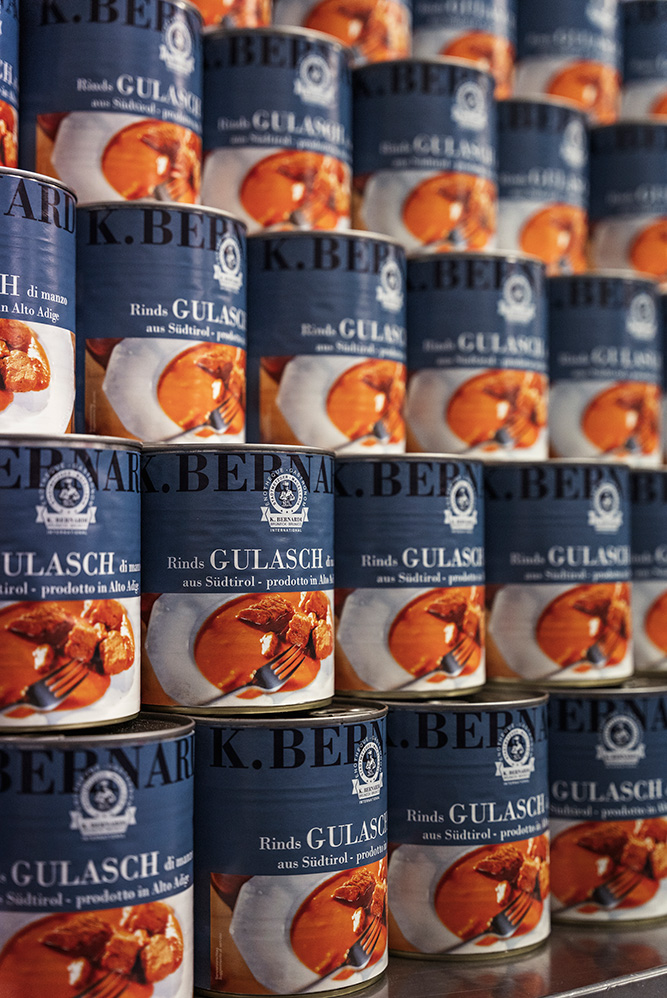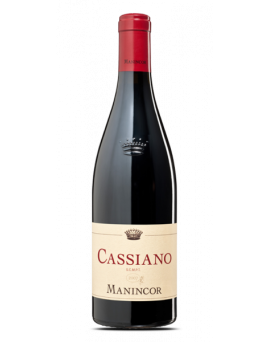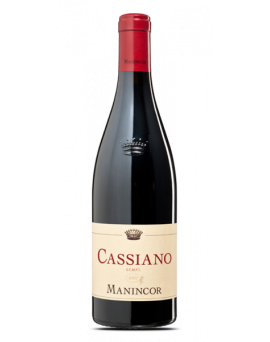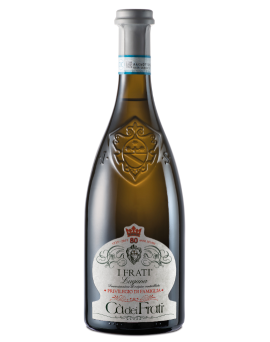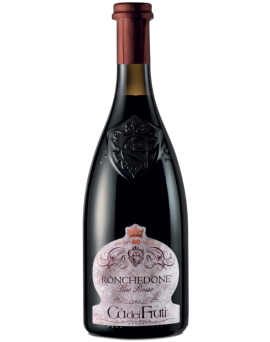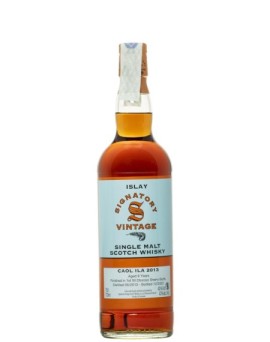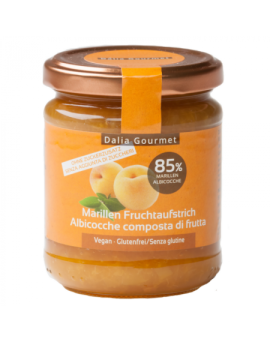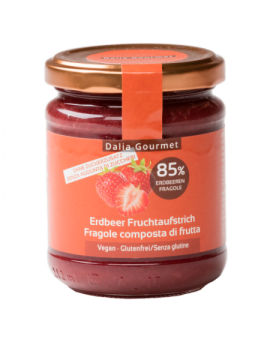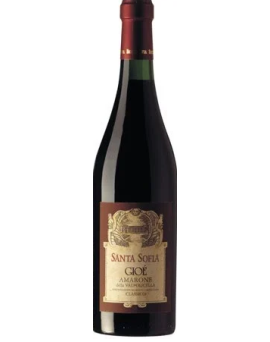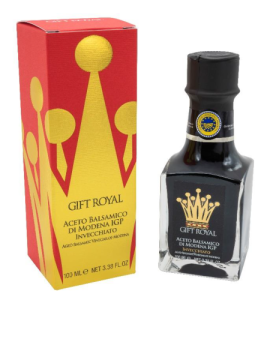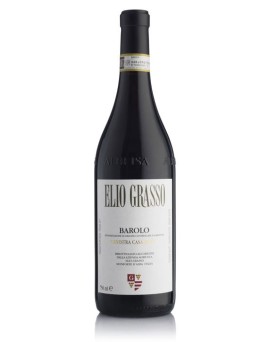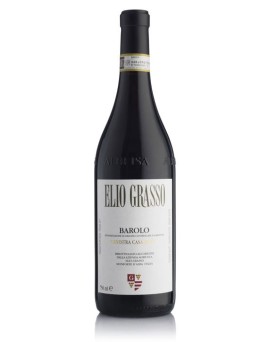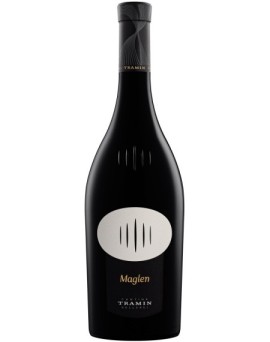Cassiano 2021 MANINCOR Magnum
Bright intense cherry red, ripe cherries and wild herbs, particularly harmonious mouthfeel with spicy herbal freshness in the finish due to the mild tannin structure. Goes well<br />with game and well-seasoned roasted (red) meats as well as spicy hard cheeses.<br />42% Merlot, 32% Cabernet Franc, 9% Tempranillo, 8% Cabernet Sauvignon, 5% Petit Verdot, 4% Syrah<br /><br />Region: South Tyrol<br />Organic Control No.: BZ-44011-AB<br />Residual sugar: 1,0 g/l<br />Total acidity: 5,6 g/l<br />Drinking temperature: 16-18 °C<br />Distributor: Manincor, St. Josef am See 4, 39052 Kaltern, Italy<br />Grape variety: Cabernet Franc, Cabernet Sauvignon, Merlot, Petit Verdot, Syrah, Tempranillo<br />Country: Italy<br />Alcohol content: 14,0 % Vol.<br />Shelf life: 5 to 10 year<br />
Price
€82.60

